
Calcium phosphate in the chemical industry is filtered and dried to obtain dicalcium phosphate products. The dicalcium phosphate(DCP) rotary drum dryer is a device specially used for drying dicalcium phosphate. Its working principle is to use a rotating drum with a lifting plate on the inner wall to fully conduct heat between the material and the hot air to improve the heat conduction efficiency. It can reduce the moisture content of dicalcium phosphate products, improve quality and stability, and is widely used in fertilizer and feed industries.


Efficient Drying Solution
A MACHINE YOU CANDEPEND ON!
Our DCP dryers use advanced hot air circulation technology to ensure uniform and efficient drying results. With its excellent energy efficiency and durable design, you can significantly reduce production costs while improving product quality.
The heat carrier (such as hot air or flue gas) after passing through the dryer needs to pass through a cyclone dust collector to capture the material in the gas. If the dust concentration in the exhaust gas needs to be further reduced, it will also be treated by a bag filter or a wet dust collector before being discharged.
The wet material is fed into the hopper by a belt conveyor or bucket elevator, and then transported to the dryer through the feeding pipe by the feeder. The inclination angle of the feeding pipe is set to be greater than the natural inclination angle of the material to ensure that the material can flow smoothly into the dryer.
The core part of the dryer is a slightly inclined and rotating cylinder. The material is fed from one end of the cylinder, and the heat carrier enters from the other end, usually in countercurrent or cocurrent contact with the material. The material moves downward in the cylinder under the action of gravity, and is dried by contact with the heat carrier, and finally discharged through a belt conveyor or screw conveyor.
| Specification(m) | Capacity(T/H) | Motor Power(KW) | Weight(T) |
| Ф1x10M | 0.5-1 | 5.5 | 10.5 |
| Ф1.2x10m | 1-2 | 7.5 | 13.5 |
| Ф1.5x12m | 2-5 | 11 | 18.9 |
| Ф1.5x15m | 4-6 | 15 | 21 |
| Ф1.8x12m | 5-8 | 18.5 | 22.83 |
| Ф2.2x12m | 6-10 | 18.5 | 37.6 |
| Ф2.2x14m | 7-12 | 18.5 | 40 |
| Ф2.2x16m | 9-14 | 30 | 45 |
| Ф2.4x14m | 10-16 | 30 | 51 |
| Ф2.4x18m | 12-18 | 37 | 54 |
| Ф2.4x20m | 14-22 | 37 | 54.14 |
| Ф3x20m | 16-25 | 55 | 78 |
| Ф3x25m | 32-36 | 75 | 104.9 |
There are two main processes for the production of dicalcium phosphate (DCP): acid process and wet process. In the acid process, phosphate rock is first crushed and ground into fine powder, and then reacted with concentrated sulfuric acid to produce phosphoric acid and phosphogypsum.
Next, impurities in phosphoric acid are removed by filtration and precipitation, and then phosphoric acid reacts with calcium hydroxide to produce dicalcium phosphate. Thereafter, the precipitate is separated by filtration or centrifugation, and the precipitate is dried to obtain the final product.
The wet process is to react phosphate rock with calcium chloride to produce dicalcium phosphate, and then the precipitate is separated by sedimentation, filtration or centrifugation, and finally the precipitate is dried to obtain the final product.
These two methods convert the raw materials into dicalcium phosphate through different chemical reactions, and obtain the final solid product through precipitation and drying processes.
During the production process, dicalcium phosphate usually exists in the form of wet precipitates. These wet precipitates contain a considerable amount of water, including free water and crystal water. Drying can effectively remove this water and avoid problems during storage and transportation.
Wet dicalcium phosphate is easy to absorb moisture, which will cause the product to agglomerate or deteriorate during storage. Dried solid dicalcium phosphate is more stable and less likely to absorb moisture, thus maintaining the quality and consistency of the product. Dicalcium phosphate after drying is in a solid state, which is easy to crush, screen, package and transport.
Wet precipitates may become sticky during processing, affecting operating efficiency and product quality. Many application scenarios, such as animal feed, fertilizers and food additives, have strict regulations on the moisture content of the product. Drying can ensure that the final product meets these requirements and meets the standards of the market and application
The main raw materials for producing dicalcium phosphate (DCP) include phosphate rock and calcium hydroxide or calcium chloride, and their distribution and proportion are as follows: Phosphate rock: The total global phosphate rock reserves are 68 billion tons, mainly concentrated in ten countries including Morocco and Western Sahara, China, Algeria, Syria, etc., accounting for 94.85% of the global reserves, of which 73.53% of phosphate rock is distributed in Morocco.
Calcium hydroxide (Ca(OH)₂): Mainly made by calcining and hydrating limestone. Limestone resources are widely distributed, and China, India and the United States are the main producers
Calcium chloride (CaCl₂): Usually made by reacting chloride with lime, the production of calcium chloride is closely related to the supply of salt and sodium chloride. The main producers include China, the United States and some European countries.
As a feed additive, dicalcium phosphate accounts for about 70%-80%, mainly used in poultry and livestock feed to improve the animal's absorption of nutrients and maintain reproductive skills. As an excellent feed additive, its phosphorus-calcium ratio is similar to that in animal bones, which helps the absorption of nutrients.
In the agricultural field, about 10%-15%, dicalcium phosphate (DCP) is the raw material for the production of important phosphate fertilizers (such as superphosphate, potassium dihydrogen phosphate, etc.), and is also the raw material for the production of feed nutrients (such as calcium dihydrogen phosphate)
Dicalcium phosphate (DCP) as a raw material for fertilizer has the following main parameter requirements:
Purity: The purity of dicalcium phosphate is usually required to be above 98%. High-purity DCP content ensures the effectiveness of fertilizers and plant nutrient absorption.
Phosphorus content: The effective phosphorus content in dicalcium phosphate should reach 18%-20% (in terms of P₂O₅). Phosphorus is a key element for plant growth.
Calcium content: It should reach 23%-26% (in terms of CaO). Calcium helps improve soil structure and promote the development of plant roots. Particle size: Generally, the particles are required to be uniform and of moderate size to facilitate fertilization and mixing.
Moisture content: The moisture content is usually required to be less than 1%. Excessive moisture will affect the storage and application performance of fertilizers. Solubility: Good water solubility is required to ensure that phosphorus and calcium can be effectively released into the soil.
NPK fertilizer: DCP is used as a phosphorus source, combined with nitrogen (N) and potassium (K) components to make balanced NPK compound fertilizers. Common formulas include 15-15-15, 20-10-10, etc.
Compound phosphate fertilizer: Used with nitrogen fertilizers (such as urea) and potassium fertilizers (such as potassium sulfate) to make compound fertilizers with high phosphorus content, such as 16-20-0.
Organic-inorganic compound fertilizer: Combines organic matter (such as animal manure) and DCP to form organic-inorganic compound fertilizers that provide comprehensive nutrients and improve soil structure
Phosphorus-calcium fertilizer: Mainly used to provide additional phosphorus and calcium, support plant root development and increase soil calcium content.
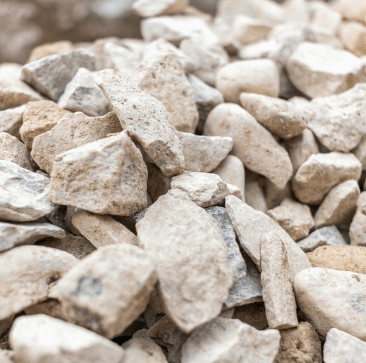
Dicalcium Phosphate dryer efficiently handles DCP, a key component in animal feed and fertilizer production, ensuring optimal moisture content.

The dryer processes phosphate rock, crucial for DCP production, by reducing moisture levels to enhance processing efficiency.
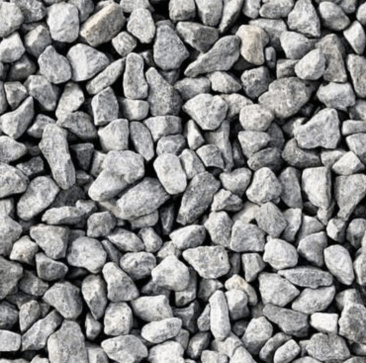
Suitable for drying gypsum, which is often used in DCP production and other industrial applications like cement and agriculture.
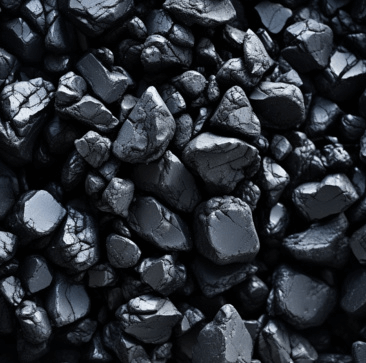
The dryer can handle calcium carbonate, a common raw material in DCP production, ensuring it reaches the desired consistency.
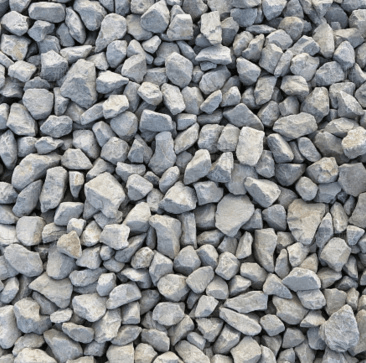
Drying bone meal in this machine facilitates the efficient production of high-quality DCP used in animal feed and fertilizers.

Monoammonium Phosphate dryer is effective for MAP, an important material for DCP synthesis and a key ingredient in the production of fertilizers.
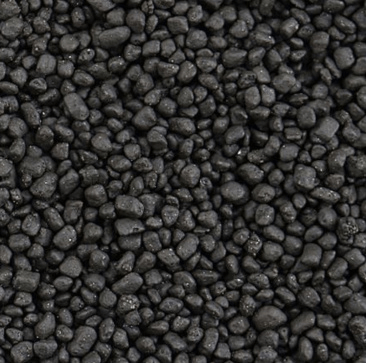
The dryer also processes ammonium sulfate, a nitrogen source used in DCP production, improving moisture reduction and flowability.
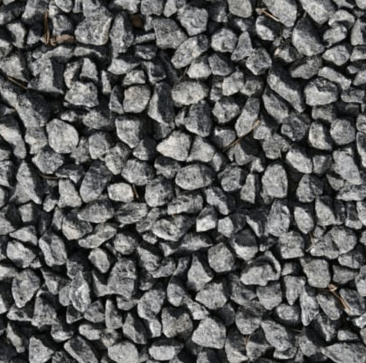
Ideal for drying potassium chloride, which can be used in conjunction with DCP for fertilizer blends, ensuring moisture is minimized during production.
You can get in touch with us through the following contact information
AddressNo. 2289 Huancheng South Road, Tongxiang, Jiaxing, Zhejiang Province, China. Zip code:314500
Please fill in the sales inquiry form and our sales representatives will be in touch shortly.